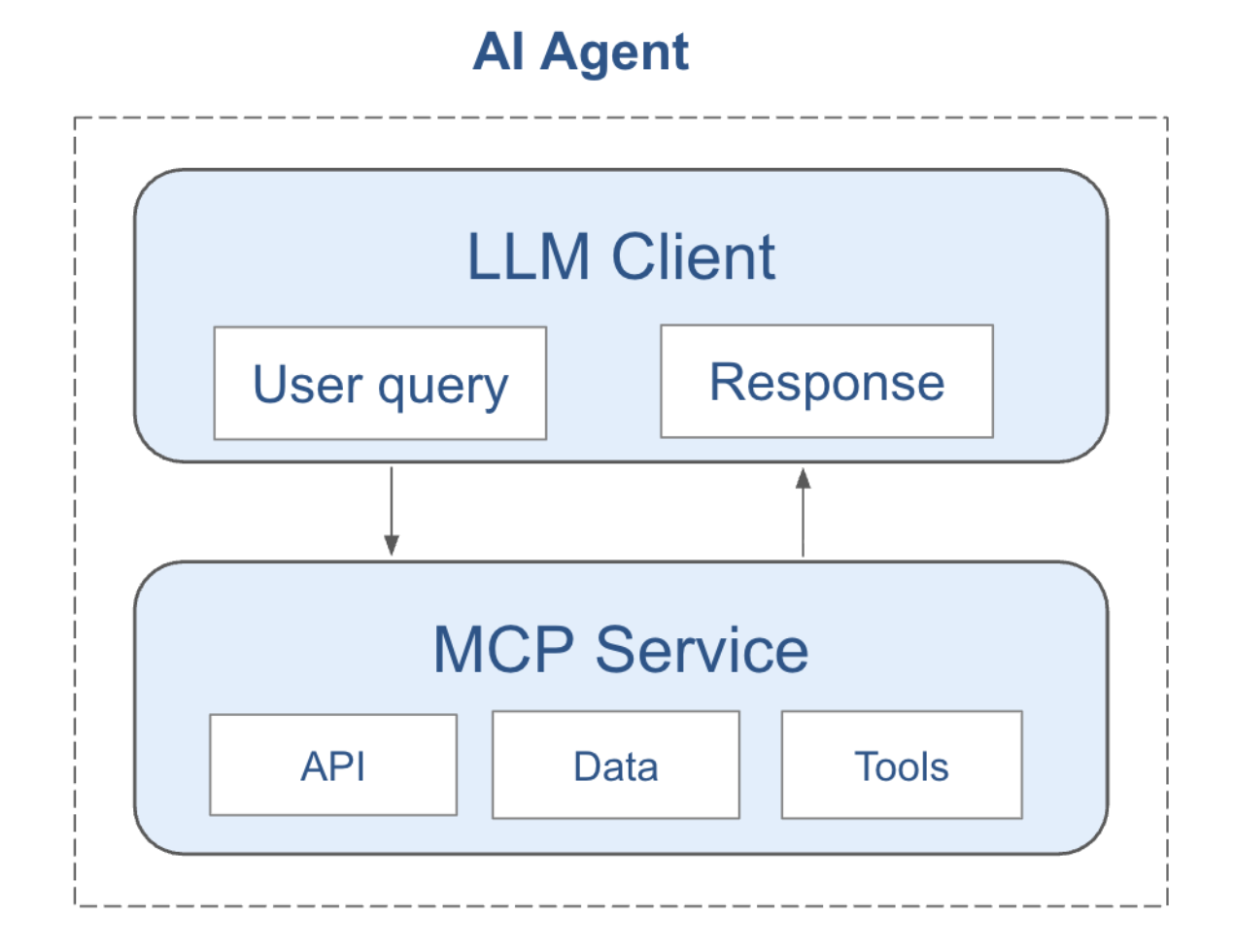
October 15, 2023
October 15, 2023
Anticipating the Western Wildfire Season
.jpg)
When Team Salient won the precipitation forecasts in the Bureau of Reclamation’s Sub-seasonal Forecast Rodeo for the Western US, (A Rainfall Forecast Worth its Salt), it did so by predicting drier conditions than other contestants. This spanned the one-year period from May 2017 to May 2018. Both years had intense wildfire seasons in the west, with about 10 million acres burned in 2017 and 8.8 million in 2018. 2019 was a more typical year, with 4.7 million acres burned (data from Insurance Information Institute). 2020 has already surpassed 2019 and is certain to set a new record for acreage burned, with extraordinary numbers of unusually large fires burning close to population centers. Air quality in all the west coast cities is the worst in the world with a strange orange glow enveloping everything.
How well did our predictions anticipate this horrific fire season in the west? Let’s look at our long range prediction issued on November 15, 2019 for the months of June, July and August of 2020. Figure 1.a below shows anomalous dry conditions for much of the west and Figure 1.b shows exceptionally warm temperatures as well.


Warm and dry go together, since a lack of moisture in the ground means that the sun’s energy cannot go into latent heat of evaporation and will tend to elevate daytime temperatures. If we look further on to our March 15th seasonal prediction for the month of July (Figure 2.a, 2.b), we see that the prediction of a hot dry pattern for the west holds. And of course, that is what has happened this summer. The west is on track to have its worst wildfire season ever.


While the Pacific Northwest was predicted to be a little less intensely dry compared to the southwest, the temperature anomalies were forecast to be hotter, no doubt contributing to the wild fire problem.
Give the huge demand on firefighting resources posed by a bad wildfire season, the ability to anticipate favorable conditions for fire development 7 months ahead of time would give authorities time to muster resources in the right places. Home owners could clear brush and flammables around their houses. Lives and property could be saved and insurance risks more accurately priced. These benefits will increase our collective resiliance to our changing climate, which is one of Salient Predictions' main goals. Contact us if you have a need to get the best possible forecasts of wildfire threat in the future.

October 15, 2023
October 15, 2023
Anticipating the Western Wildfire Season
.jpg)
When Team Salient won the precipitation forecasts in the Bureau of Reclamation’s Sub-seasonal Forecast Rodeo for the Western US, (A Rainfall Forecast Worth its Salt), it did so by predicting drier conditions than other contestants. This spanned the one-year period from May 2017 to May 2018. Both years had intense wildfire seasons in the west, with about 10 million acres burned in 2017 and 8.8 million in 2018. 2019 was a more typical year, with 4.7 million acres burned (data from Insurance Information Institute). 2020 has already surpassed 2019 and is certain to set a new record for acreage burned, with extraordinary numbers of unusually large fires burning close to population centers. Air quality in all the west coast cities is the worst in the world with a strange orange glow enveloping everything.
How well did our predictions anticipate this horrific fire season in the west? Let’s look at our long range prediction issued on November 15, 2019 for the months of June, July and August of 2020. Figure 1.a below shows anomalous dry conditions for much of the west and Figure 1.b shows exceptionally warm temperatures as well.


Warm and dry go together, since a lack of moisture in the ground means that the sun’s energy cannot go into latent heat of evaporation and will tend to elevate daytime temperatures. If we look further on to our March 15th seasonal prediction for the month of July (Figure 2.a, 2.b), we see that the prediction of a hot dry pattern for the west holds. And of course, that is what has happened this summer. The west is on track to have its worst wildfire season ever.


While the Pacific Northwest was predicted to be a little less intensely dry compared to the southwest, the temperature anomalies were forecast to be hotter, no doubt contributing to the wild fire problem.
Give the huge demand on firefighting resources posed by a bad wildfire season, the ability to anticipate favorable conditions for fire development 7 months ahead of time would give authorities time to muster resources in the right places. Home owners could clear brush and flammables around their houses. Lives and property could be saved and insurance risks more accurately priced. These benefits will increase our collective resiliance to our changing climate, which is one of Salient Predictions' main goals. Contact us if you have a need to get the best possible forecasts of wildfire threat in the future.

About Salient
Salient combines ocean and land-surface data with machine learning and climate expertise to deliver accurate and reliable subseasonal-to-seasonal weather forecasts and industry insights—two to 52 weeks in advance. Bringing together leading experts in physical oceanography, climatology and the global water cycle, machine learning, and AI, Salient helps enterprise clients improve resiliency, increase preparedness, and make better decisions in the face of a rapidly changing climate. Learn more at www.salientpredictions.com and follow on LinkedIn and X.



